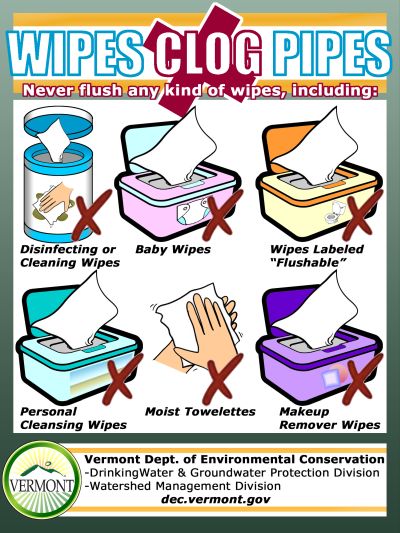Tertiary Treatment Water Reclamation

The water is passed through a bed of sand or charcoal allowing particulate matter in the water to adhere to the filter medium removing it from the water.
Tertiary treatment water reclamation. The department is hard at work on projects like the tertiary treatment system which will recycle treated wastewater currently being sent down the santa ana river and reuse it for the benefit of our local water resources. It is possible to acquire nitrogen from sewage and produce ammonium nitrate. East valley water district. It is generally applied in industrialized countries by micro filtration or synthetic membranes.
More than one tertiary treatment process may be used at any treatment plant. Organic particles denser than water sludge sink to the bottom of the tank in a process called sedimentation. Water reclamation the san bernardino municipal water department has operated the water reclamation plant wrp since 1973. For many types of reuse applications wastewater must pass through numerous sewage treatment process steps before it can be used.
Most wastewater plants use at least one tertiary water treatment process and some use two or more to decontaminate wastewater. Tertiary processes include filtration lagooning nutrient removal and disinfection. Furthermore secondary conventional treatment processes e g cas allow producing a water quality that may fulfil the discharge standards while tertiary treatments are needed for water reclamation and reuse. Filtration is a common method of tertiary treatment with either sand or activated carbon used to filter wastewater.
The wrp is a 33 mgd regional secondary treatment facility that provides trusted quality wastewater treatment services for the following cities and areas. The setteable solids are collected and pumped to the digesters for further treatment. If disinfection is practised it is always the final process. The san bernardino municipal water department is committed to building a reliable water supply for our customers.
The new facilities yield high quality recycled water as well as a struvite product that could be used as a fertilizer to supplement supplies through reclamation practices in an existing footprint. Steps might include screening primary settling biological treatment tertiary treatment for example reverse osmosis and disinfection. Substances like activates carbon and sand are among the most commonly used materials that assist in this process. Tertiary treatment technologies and an advanced nutrient harvesting system boost the city s resource resilience for both water and nutrients.
Nitrates can be removed from wastewater by natural processes in wetlands but also via microbial denitrification. Tertiary wastewater treatment this third and last step in the basic wastewater management system is mostly comprised of removing phosphates and nitrates from the water supply.

































